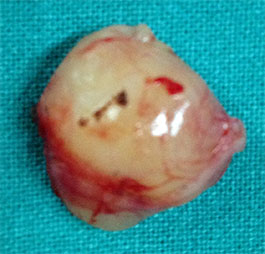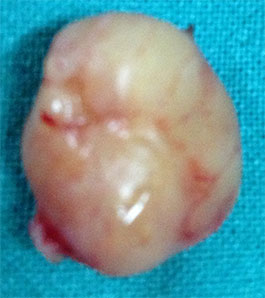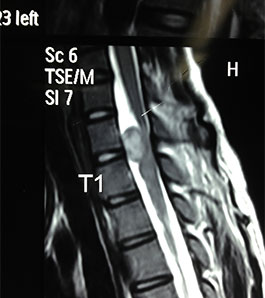



Spinal Cord Injury is damage to the spinal cord that results in a loss of function such as mobility or feeling. Frequent causes of damage are trauma (car accident, gunshot, falls, etc.) or disease (polio, spina bifida, Friedreich's Ataxia, etc.). The spinal cord does not have to be severed in order for a loss of functioning to occur. In fact, in most people with SCI, the spinal cord is intact, but the damage to it results in loss of functioning. Spinal Injury is very different from back injuries such as ruptured disks, spinal stenosis or pinched nerves.
The effects of Spinal Injury depend on the type of injury and the level of the injury. Spinal Injury can be divided into two types of injury - Complete and Incomplete. A Complete Spinal Injury means that there is no function below the level of the injury; no sensation and no voluntary movement. Both sides of the body are equally affected. An Incomplete Spinal Injury means that there is some functioning below the primary level of the injury. A person with an incomplete injury may be able to move one limb more than another, may be able to feel parts of the body that cannot be moved, or may have more functioning on one side of the body than the other.
Currently there is no absolute cure for Spinal Cord Injury. Howsoever, with advances in medical technology it is possible to provide maximum possible mobility and functionality to the patient by a combination of conservative management using drugs and surgery. Rehabilitation programs combine physical therapies with skill-building activities and counseling to provide social and emotional support. The education and active involvement of the newly injured person and his or her family and friends is crucial. The therapies would include Physical, Vocational and Recreational Therapies which would be conducted by a physiotherapist under the expert guidance of an experienced Spine Surgeon.